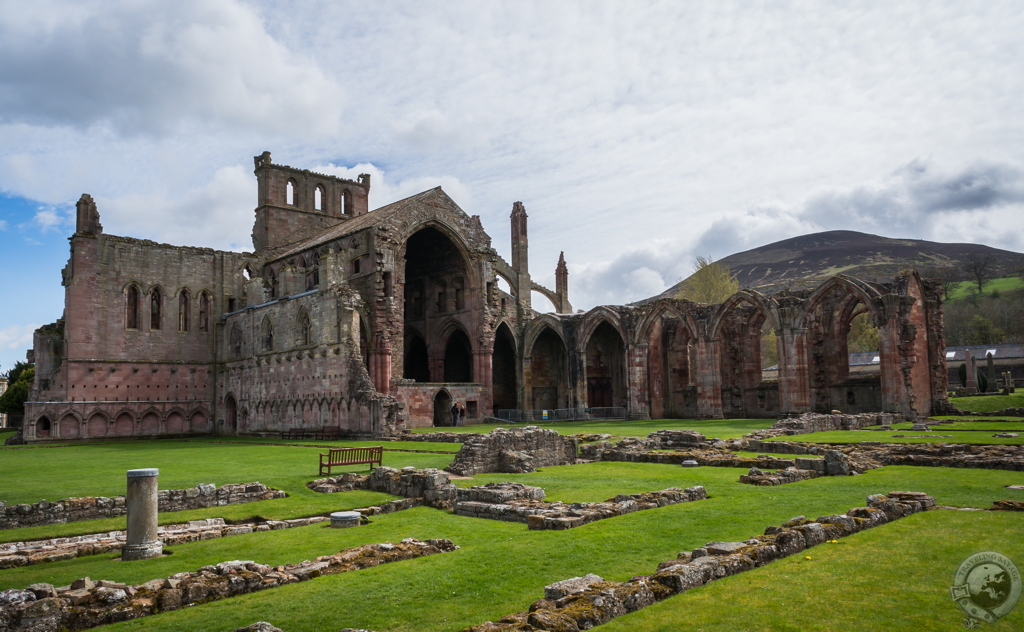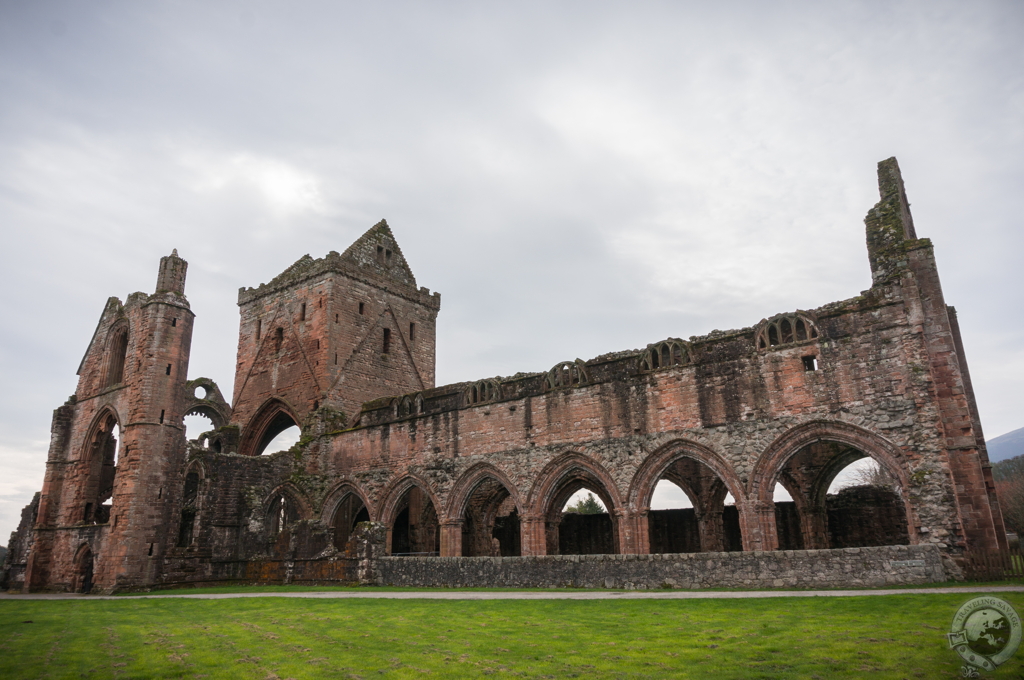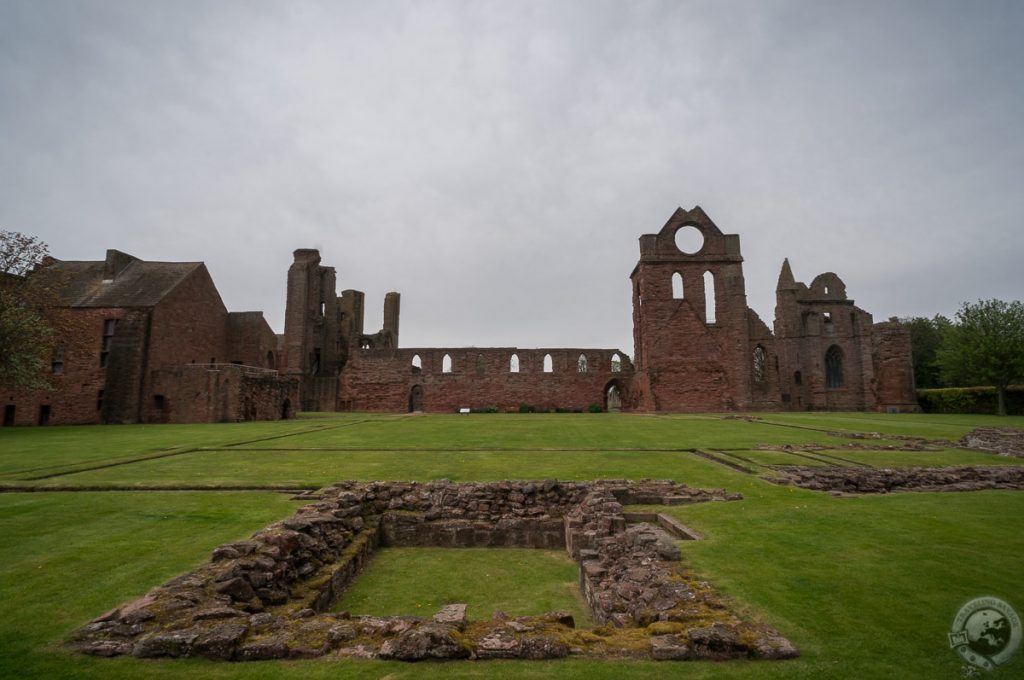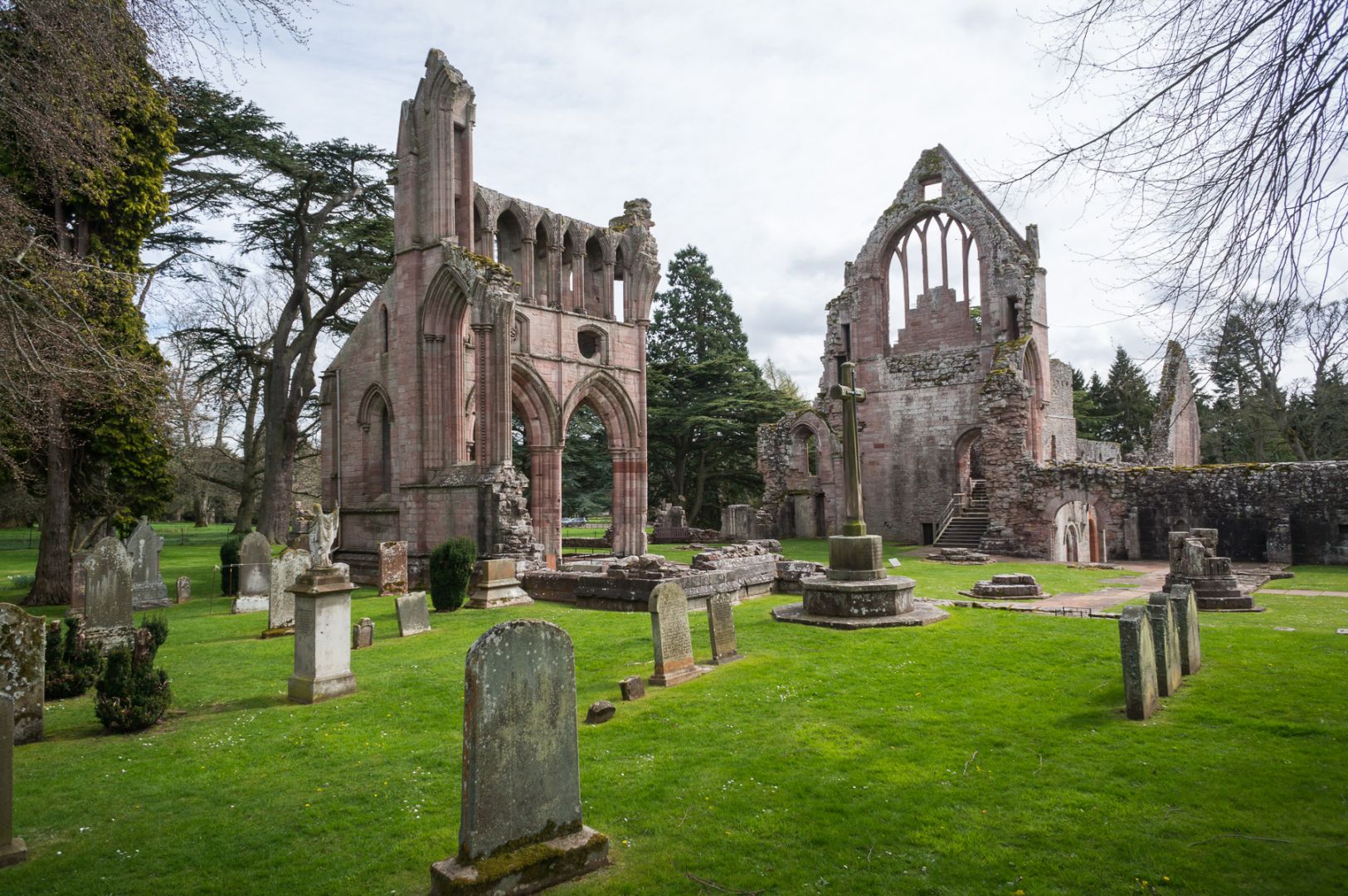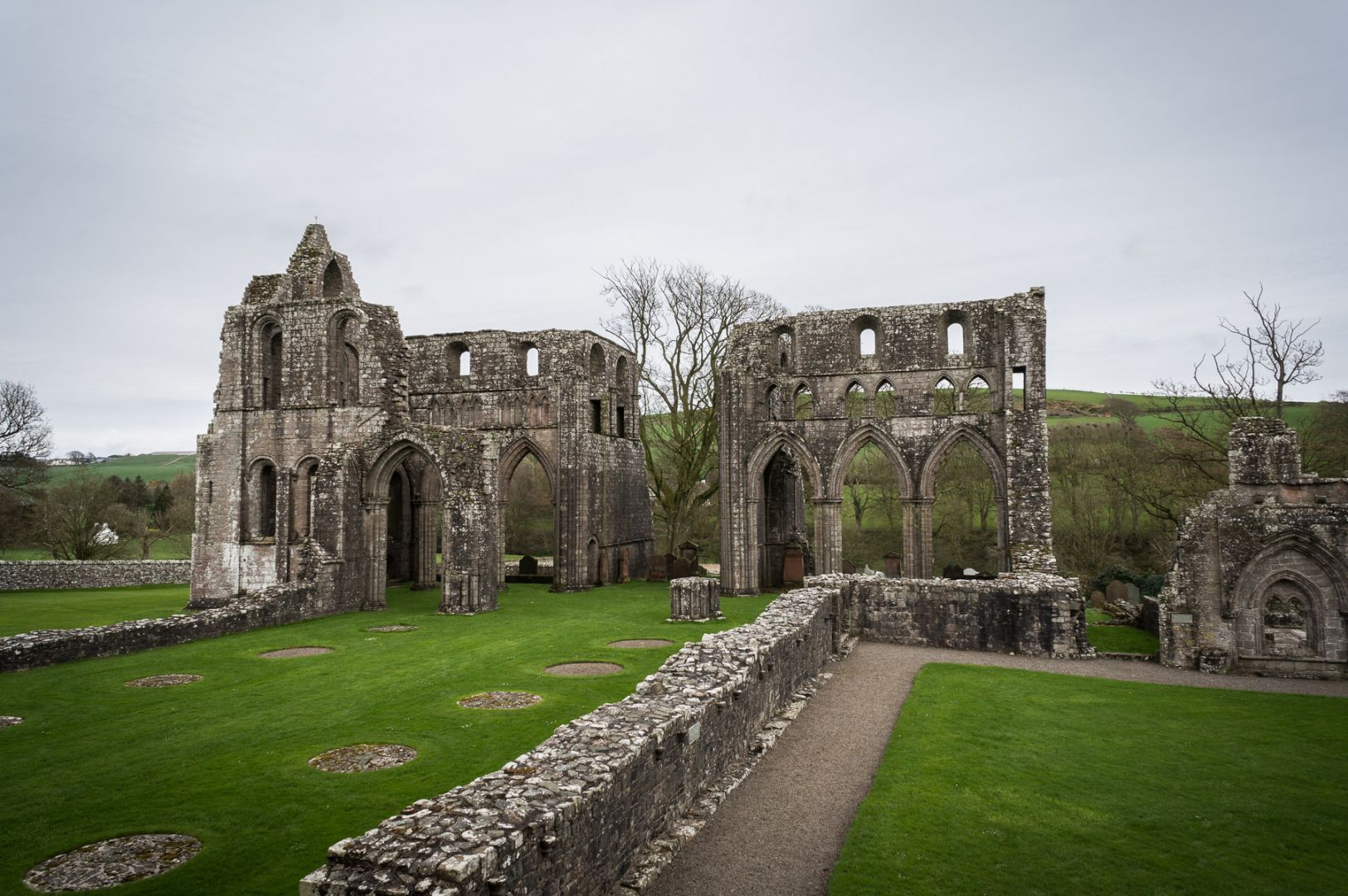Ruined abbeys are some of the most austere and commanding places you’ll find in Scotland. Mere shades of their former glory, these structures are magnificent even in repose. Appreciating their grandeur does not require a religious heart. On the contrary, for those who ascribe to no particular faith, like myself, wandering among the ruins provides a spiritual uplift. These places held power long before Christianity swept across the British Isles in the first millennium AD, for such is the nature of conversion that even the places of worship are repurposed for a new religion. Something of the old gods remains, just beyond perception, thrumming a melody we might one day hear again.
Christianity’s fractious history produced a particularly distasteful event called the Reformation, championed in the British Isles by men like John Knox and Thomas Cromwell, that ultimately led to the Dissolution of the Monasteries. Wondrous edifices like the ones I’ve picked out below were shuttered and left to the ravages of time, and their occupants, monks and abbots, given ultimatums: Leave or be removed. The bones of these abbeys remain largely intact, though, and they make truly compelling visits.
Today I’m continuing my Best of Scotland series with five awesome abbeys that warrant some quiet contemplation.
Melrose Abbey, Scottish Borders
Melrose Abbey is arguably the most magnificent of all Scotland’s ruined abbeys and one of the biggest draws to the Scottish Borders. Few ruins rival the completeness of the remaining structure nor evoke the grandeur of what the original structure must have looked like during the height of its power and influence. Each footstep upon the emerald turf crushes history from the ground, and the wind whistling over the Eildon Hills falls like a cloak of wonder over the abbey’s impressive, rose-colored shoulders.
Beginning in 1136, Cistercian monks from Rievaulx Abbey spent 50 years building Melrose Abbey upon the orders of King David I. Their finished work, with its arches and columns and carvings, is one of mankind’s proper contributions to the Earth. It is a thing of beauty because it gleams not at the expense of its provenance. The abbey today is the shell of a golem of prayer, but the loss of the roof makes it feel larger, as if the pillars once rose into the heavens.
Sweetheart Abbey, Dumfries & Galloway
The story of Sweetheart Abbey is a divisive one, for it will either warm your heart or make you shudder. The abbey gained the nickname Dulce Cor, or Sweetheart Abbey, from the tale of the lovelorn and widowed Devorgilla. After her husband died, she began carrying his embalmed heart in an ornate ivory box. She kept her “sweet, silent companion” with her all the rest of her days, and so the monks called the abbey Sweetheart after their founder’s enduring love for her husband.
Whether or not you squeed in empathy or cringed at the creepy gruesomeness of carrying around your dead spouse’s taxidermied heart, there’s no denying the beauty of Sweetheart Abbey. Lying just south of Dumfries along the River Nith, it’s something of a miracle that Sweetheart Abbey survived (as well as it has) the ravages of previous lords like Archibald the Grim and King Edward I of England. Though many of its stones were recycled into other buildings in town, what remains is one of Scotland’s great ruined abbeys.
Arbroath Abbey, Angus
Arbroath Abbey is hugely important in the history of Scotland, and for close to 400 years it may have been the grandest abbey in the land. King William ‘the Lion’ founded the abbey in 1178 with the help of Tironensian monks from Kelso Abbey, and when he died he was laid to rest here rather than in traditional Dunfermline Abbey.
Arbroath Abbey is best known as the birthplace of the Declaration of Arbroath in 1320, perhaps the most famous document in Scottish history, which set out Scotland’s case for being a sovereign nation. It is widely believed that this document was the basis for the American Declaration of Independence.
The abbey’s red sandstone gleams in the sun of eastern Scotland. Wandering across the grassy sward gives you a clear sense of just how enormous this abbey was before the Reformation.
Dryburgh Abbey, Scottish Borders
Dryburgh Abbey stands in the arms of the River Tweed as testament to the destructive powers of faith and sovereignty. It was built in 1150 by Premonstratensian monks hailing from northern France on Hugh de Moreville’s land, a man whose family came from Normandy with William the Conqueror less than a century earlier.
Beyond a scattering of weathered tombstones lie the reddish remains of the church, chapter house, and cloister. Most of Dryburgh Abbey’s church has been lost to the ravages of war and fire while the domestic architecture – the dormitories of the monks – remains in place. This quirky reversal gives you an idea of how the monks lived their daily lives. The grounds are quiet, and quiet was what the monks of Dryburgh Abbey sought. Here, contemplation was the prime currency.
While less of Dryburgh Abbey remains than some of the other abbeys on this list, it is the confluence of its situation, permanent residents like Sir Walter Scott, and austere atmosphere that makes it a highlight.
Dundrennan Abbey, Dumfries & Galloway
Perhaps it is only fitting that Dundrennan Abbey and its monks labored in the shadows of time far from the scribes of popular history. In fact, Dundrennan Abbey seems to have passed into the collective consciousness only once, when Mary, Queen of Scots spent her last night in Scotland there. The abbey, a handful of miles east of Kirkcudbright near the Solway Firth, was established in 1142 by monks of the Cistercian order, a branch of monasticism founded in Burgundy that eschewed luxury and comfort in favor of hard physical labor, a life of austerity, and worship.
Most of Dundrennan Abbey has disappeared — only part of the transept and the low walls of the nave remain — but I picked up a palpable essence in the air as I stepped through the wrought gate onto the abbey’s grounds. Whether it was the sanctity of consecrated earth, the weight of accumulated prayer, or some other metaphysical imprint, I cannot say. This is a place of sombre beauty and a fitting inclusion in such a prestigious list.

